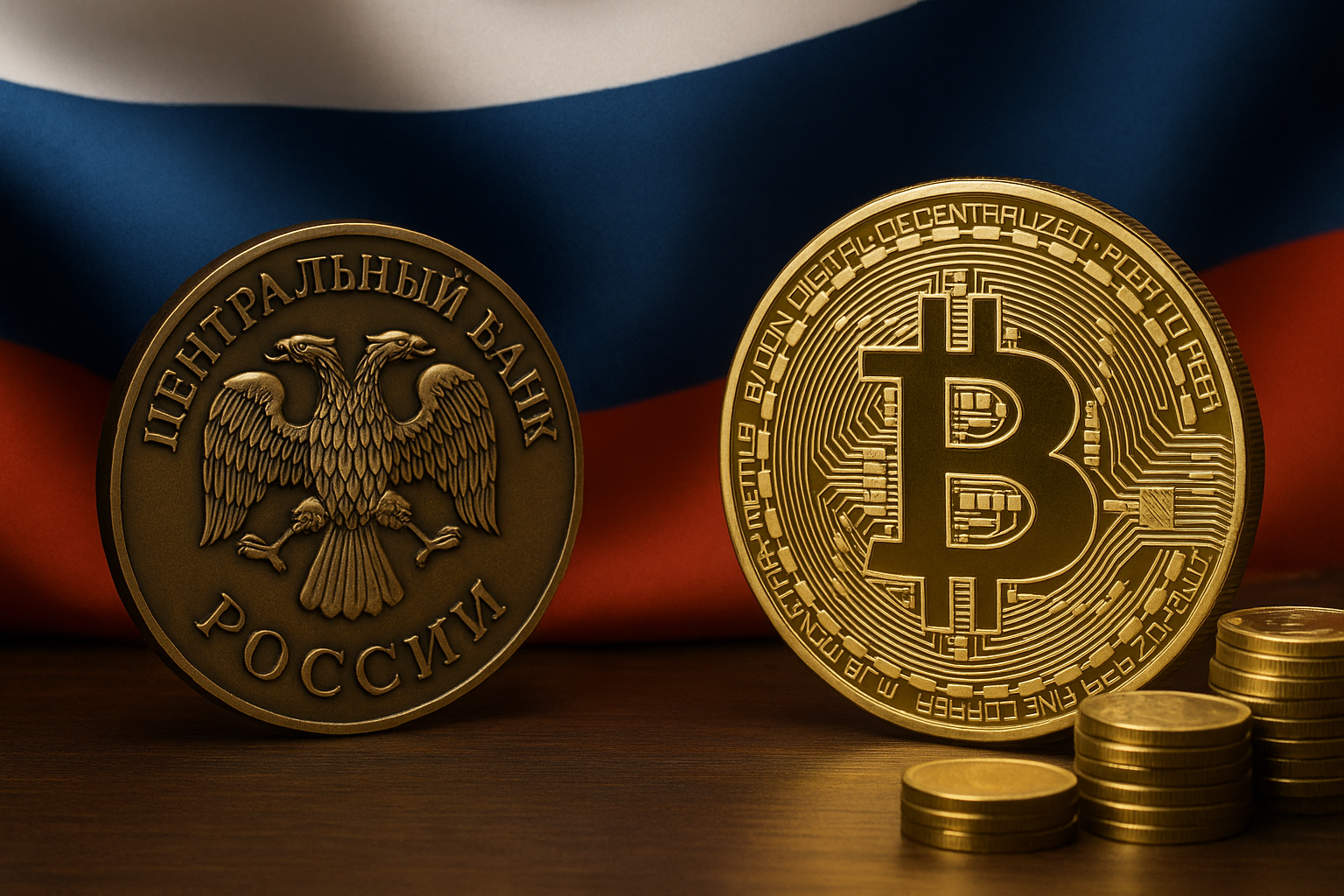In a historic step for his administration, President Donald Trump has announced the opening of a Strategic Bitcoin Reserve (SBR) along with a cryptocurrency asset reserve. This reserve, which includes roughly 200,000 BTC captured from criminal and civil asset seizures, is BTC new direction in government policy.
The market response, at least in the short term, was negative with BTC losing 6% of its value, but other crypto specialists say that in the long term, this is bullish for Bitcoin. The shift might lead to more global adoption, less regulatory apprehension, and change the perception of institutions towards Bitcoin as an investment.
1. The US Is Unlikely to Ban Bitcoin
One of the most notable takeaways from this move is that a government holding Bitcoin significantly reduces the likelihood of it being banned in the future. Bitwise CIO Matt Hougan pointed out that a BTC reserve aligns national interests with the success of the cryptocurrency, making it counterproductive for the government to restrict its use.
The Federal Reserve Bank of Minneapolis had previously warned that Bitcoin’s growth could force the government to rethink its financial policies. Now that the US is actively holding BTC, the idea of an outright ban seems even less likely.
2. Other Countries Will Follow Suit
Hougan also highlighted another crucial effect of the US Bitcoin reserve: it will push other nations to establish their own reserves. With the US leading the way, countries that were previously skeptical may now view Bitcoin as a strategic asset worth accumulating.
The US currently holds 207,189 BTC, making it the largest nation-state holder of Bitcoin. China follows closely with 194,000 BTC, while the UK holds around 61,000 BTC. The move by the US could accelerate Bitcoin adoption at the national level, much like El Salvador’s bold decision to adopt Bitcoin as legal tender.
3. Institutional Investors Can No Longer Ignore BTC
The establishment of a US Bitcoin reserve sends a strong signal to institutional investors, including pension funds, wealth managers, and financial institutions. With the government holding BTC, it weakens arguments against Bitcoin’s legitimacy as an asset class.
Ryan Rasmussen, Bitwise’s head of research, noted that institutions can no longer justify avoiding Bitcoin when even the US government is holding it. This shift could open the floodgates for more institutional adoption, leading to increased demand and long-term price appreciation.
4. The Fear of a US Bitcoin Sell-Off Is Reduced
Understanding how the US crypto market operates might be done through the lens of a major concern among US crypto investors who have always worried about the US government liquidating large volumes of seized BTC. With the establishment of an official reserve, however, it looks like the US government currently has larger strategic plans ready for Bitcoin.
- Read more on Cbet Promo Code
The US government positioned BTC for the long-term now, which aids in reassuring veteran investors while simultaneously strengthening BTC badge as a store and hedge of value against tough economic times. This also aligns nations with the increasing adoption of Bitcoin by other countries, which has the potential to transform the landscape of international finance.
Final Thoughts
Even though the initial sentiment in the market regarding Trump’s reserve for BTC was skeptical, many crypto analysts are strongly confident in the radical positive impacts this strategy would have in the long-run. The government taking the initiative to hold BTC and reducing the volatility means lesser regulatory risks, greater adoption around the globe, validation of Bitcoin for institutional players, and no fears of dumping.
With more nations paying attention, a shift in the global economy whereby the centrally pegged Bitcoin reserve transforms national economies is wholly plausible.






